Description
The Cocoa Tree (Theobroma cacao), native to the tropical climates of Central and South America, is a small, evergreen tree that can grow up to 25 feet tall. It thrives in areas with high humidity, consistent rainfall, and warm temperatures, typically found within the “cocoa belt” between 20° North and 20° South of the Equator. The tree produces large, colorful pods, which contain 20-50 cacao beans. These beans are the primary source for chocolate, cocoa butter, and cocoa powder. After harvesting, the beans undergo a fermentation process to develop their characteristic flavor before being dried, roasted, and processed into various chocolate products. Cocoa cultivation is a major industry in many tropical countries, such as Ivory Coast, Ghana, and Indonesia, where it serves as a vital economic driver. Beyond its economic importance, the Cocoa Tree has significant cultural value in many societies, with cacao historically being used in rituals and as currency by ancient civilizations like the Mayans and Aztecs. Its environmental impact has also been a topic of concern, as unsustainable farming practices can lead to deforestation and loss of biodiversity. Sustainable farming methods, such as agroforestry and organic farming, are being explored to mitigate these issues while ensuring that cocoa continues to be a globally cherished product.
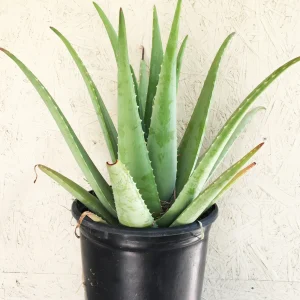
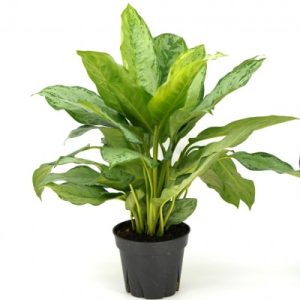
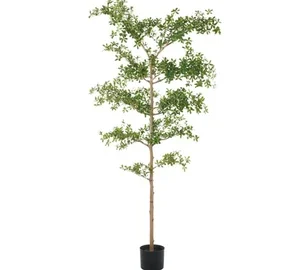
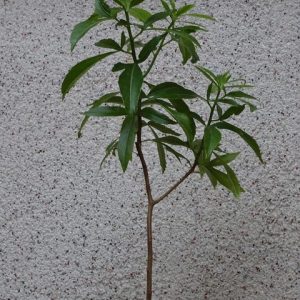
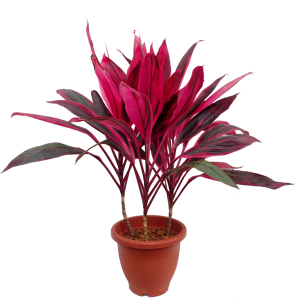
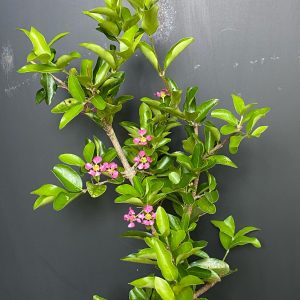


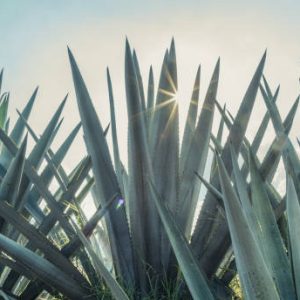

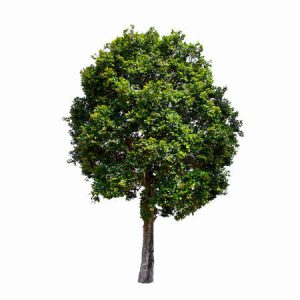
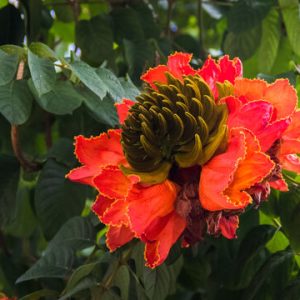
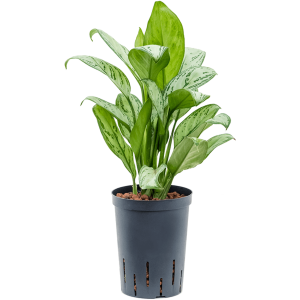


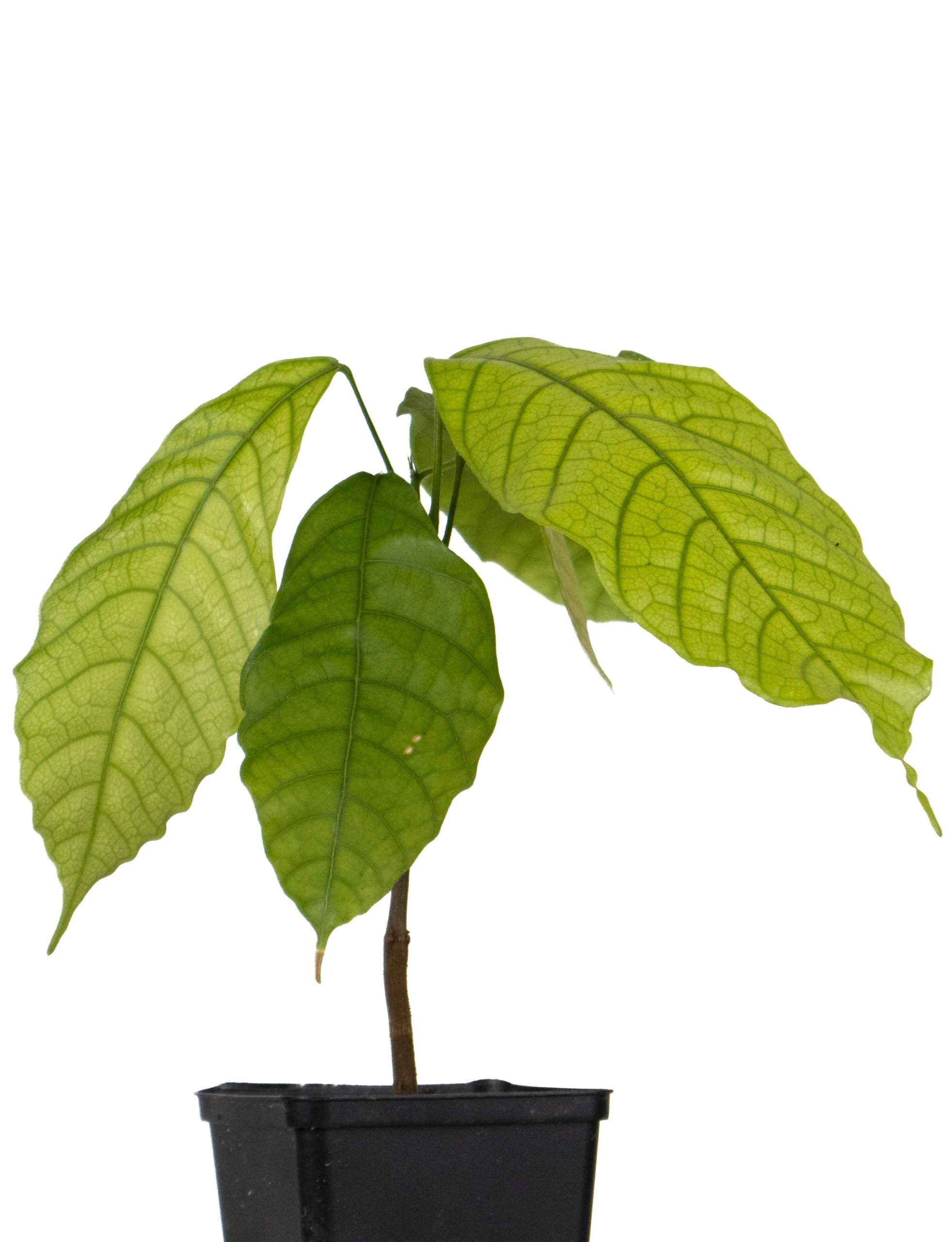
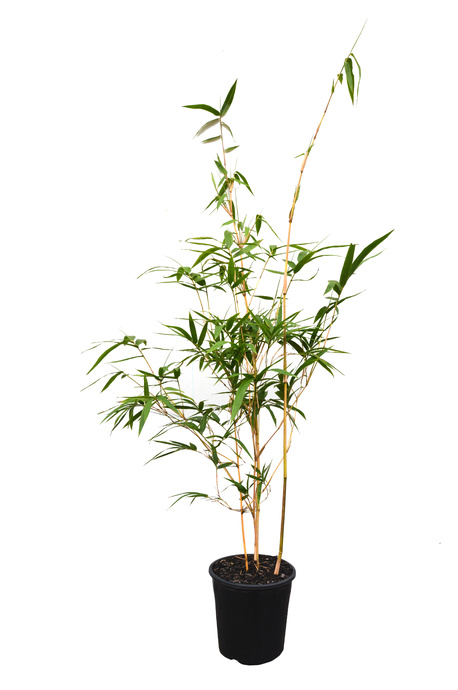
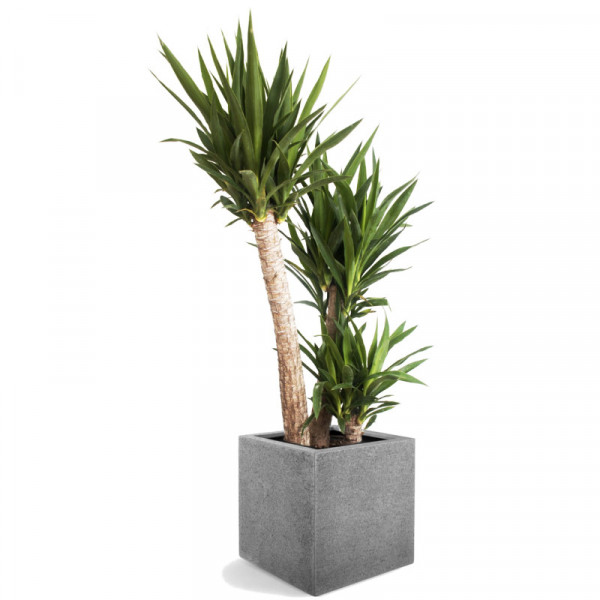
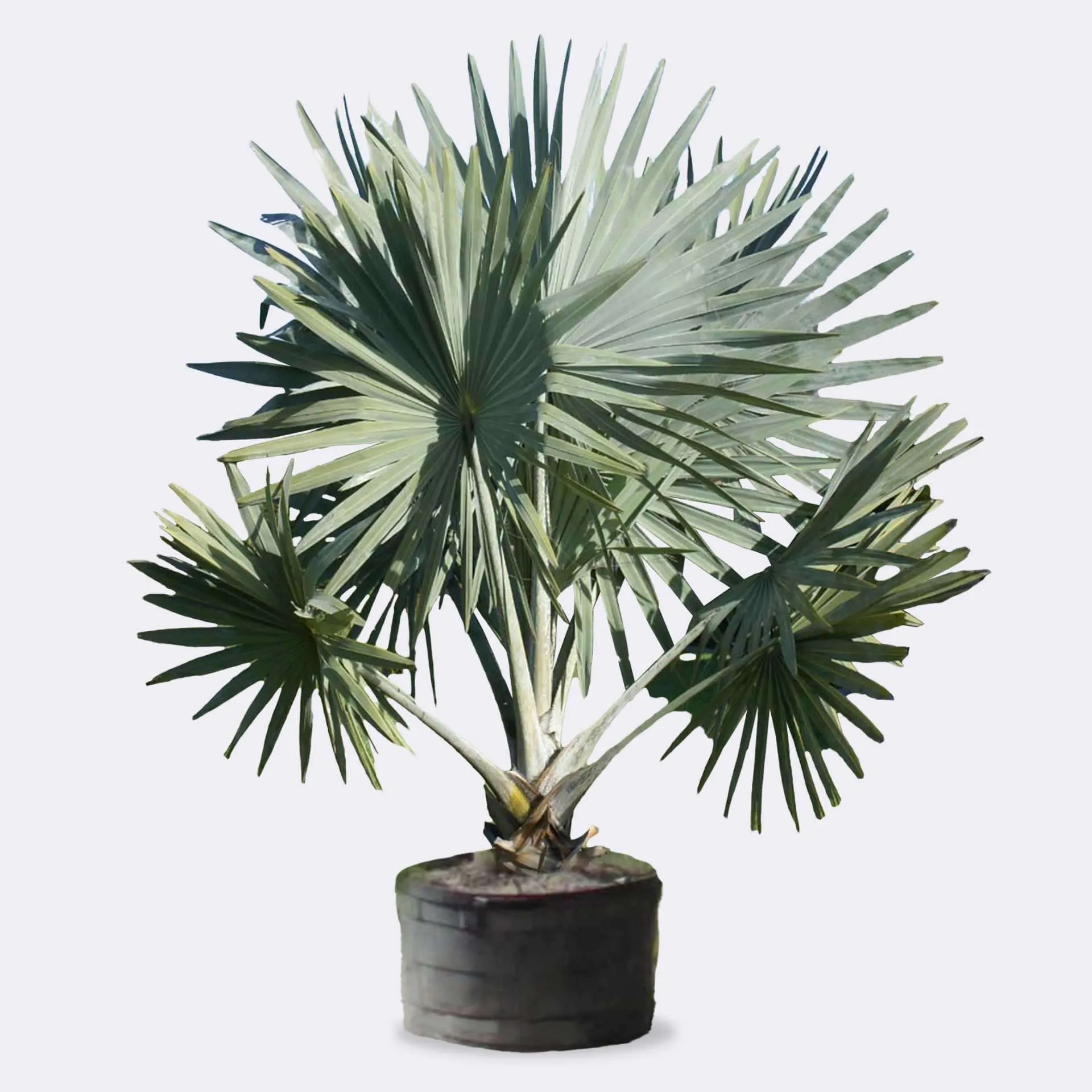

Reviews
There are no reviews yet.